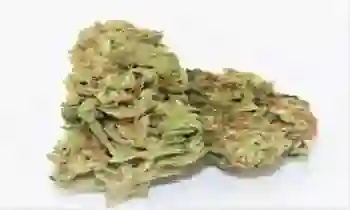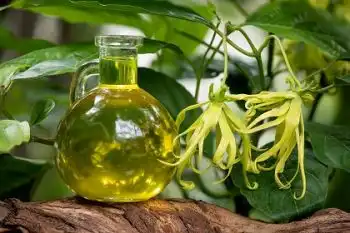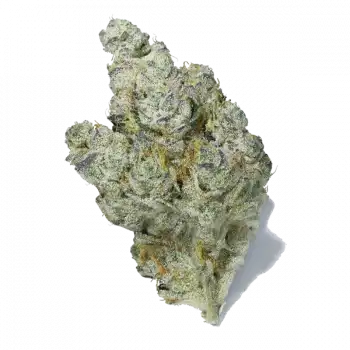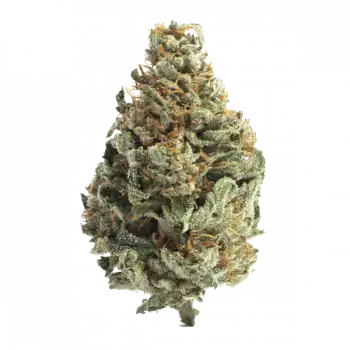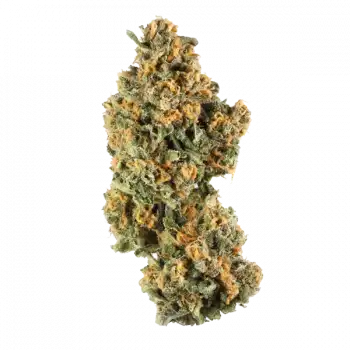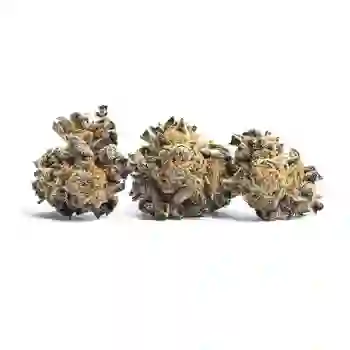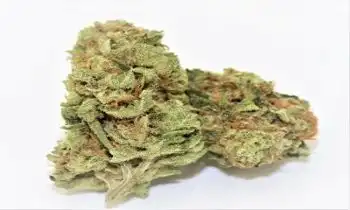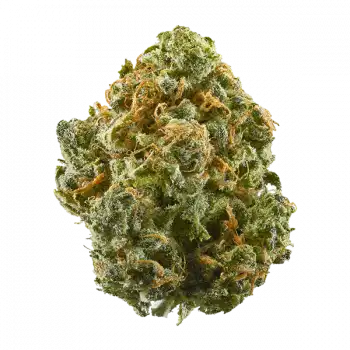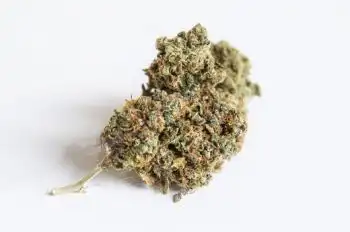Pests
In order to improve quality and safety and to avoid pests, cannabis is now mostly grown indoors. For many, the control that an indoor environment affords is infinitely preferable. Cannabis grown indoors can thrive in an optimised environment without pests and adverse weather conditions. However, if pests are able to get into the indoor growing space, they will reproduce at an astonishing rate, owing to the lack of predators that would otherwise be found in nature. The unfortunate reality is that an ideal environment for plants also happens to be an ideal habitat for pests and therefore requires special attention.
As with most issues, prevention is infinitely preferable to cure. Pests will often be able to enter the indoor production site by accident, when growers exchange or plants with one. Unfortunately, one or two insects are enough to infect an entire indoor growing area.
Spider mites
The spider-shaped spider mite is most commonly found at the bottom of a plant's foliage. These mites, barely visible to the naked eye, are up there with the most perilous of pests for cannabis growers. They build those distinctive translucent looking webs in order to protect their eggs and colonies. It takes less than a week per generation of spider mites to mature - from hatching to the start of reproduction - so it is vital that this threat is responded to quickly, and that they are eliminated before serious damage is done. As with whitefly, vigorous water-spraying can be effective at prising them off the underside of leaves (where they traditionally collect). The ladybird is a natural predator that is often used by organic farmers against pests. These mites do not enjoy the cold, so their reproduction can be slowed, simply by reducing the temperature to around 20ºC, buying some more time for other pest control methods to start working. Some growers report that pests can also be removed using "portable" handheld vacuum cleaners. This method does require a good deal of patience and dexterity, however, and cleaning a single plant takes a long time, so it is not a practical solution for growers with larger quantities of plants . A 10% ethyl alcohol spray can also be an effective solution. Chemicals are also available in wholesale stores, although most growers these days are generally reluctant to use chemicals as means of pest control - the residue of insecticides can result in hazardous by-products when smoked later.
The predatory mite (Phytoseiulus persimilis) can be an effective means of controlling spider mites. These can easily be purchased online and will not hurt the cannabis plant or bite the grower. Predatory mites feed on common spider mites; in the case of a plant severely infected with spider mites, a second or even a third treatment may be required. High temperatures around 30ºC accelerate the growth of spider mites, so whilst using the predatory mites, ensure that temperatures are kept between 18-26 °C. Predatory mites prefer a humidity of around 40-60%; when using them, they should be monitored to observe their effect on the reproduction of spider mites and their numbers increased if needed.
Thrips
There are numerous species of thrip, all of which are a serious headache for the cannabis grower. They will reproduce about 10 to 12 times a year, and mature thrips can survive simply by flying from plant to plant, surviving on the plant’s sap. They are especially harmful if they occur early in the growth cycle of the plant and are famously difficult to eradicate. They look like tiny winged insects (only a few millimetres in size), but can also resemble small, pale worms that lay eggs on and feed on the plant. From their eggs hatch larvae, which grow in size until maturing to fully-fledged flying bugs. Of the various species of thrips, it is the Frankliniella Occidentalis that is the most damaging of cannabis pests. Difficult to spot, they have tiny almost imperceptible silver marks or dots on the leaves’ underside that indicate their presence. It is common practice among growers to use adhesive fly catching tape to catch the adults. Another tip is to use products such as potassium soap or neem oil. For growers that prefer to use a pests' natural predator as a means of bug control, the use of the common-or-garden variety bed bug (Orius laevigatus) that feeds on thrips is an effective method.
Fungus Gnats
A common pest in indoor growing areas is the fungus gnat. These can sometimes be encountered by growers working with coco-fibre. They are most noticeable when they start flying, but are harmless in adulthood. Although they are an irritation, it is the larvae that they produce that is the real threat. This is because these laval gnats attack the delicate roots of the plant and damage them. Reducing irrigation and drying out the topsoil can help control the larvae. Some add diatomaceous earth to the soil to achieve this. Another common method is to actually put a cover over the surface of the grow medium itself to stop the adults from being able to lay eggs there. Again, using sticky/adhesive flypaper in conjunction with the above can help keep control of the numbers of egg-laying adult gnats.
Whitefly
Whitefly most often live and reproduce on the underside of a plant's leaves and feed on its sap. They spread quickly, with each fly being able to lay up to 200 eggs at once! There are growers who hose them off from under the leaves with a powerful spray of water. Others use ladybirds as a natural insecticide. Using sticky flypaper does not actually eradicate the pests themselves, but it can warn of their presence in advance. The aphids and aphids belonging to the aphid family are often killed in a manner similar to that of moths.
Fungal Rust
Several of the fungal infections in cannabis can cause brown, rusty discolouration on the leaves. It can help to ventilate regularly and provide enough space for the plants to grow. Most growers remove infected leaves and attempt to get through the time left until harvest. For mild infections, this method is fully functional. Always remove diseased leaves from the growing area. Never leave them inside, as fungi can cause fungal growth.
Pest control and UVB lights
Several indoor growers have recognised that using UVB light for 3 hours a day during the last 2 to 3 weeks of flowering increases the potency of the buds. Some growers assert that UVB lamps make the environment much less hospitable for pests. Using UVB background lights will mimic natural high-altitude UVB light. For small critters, UVB is dangerous enough for them that it can actually control their numbers. There is also a significant body of anecdotal reporting that UVB light also kills mould and mildew spores, making UVB lamps one of the most significant developments in modern indoor cannabis cultivation.
Nutrient issues
It causes serious problems for the cannabis grower when a plant becomes ill due to its nutrient regime. These problems are often caused by overfeeding plants. This is due to the misconception that a richly fed plant grows faster and produces more. However, when overfed, minerals accumulate within the plant, causing the leaves to turn brown or disintegrate, and then the roots to finally die. The solution is to flush several litres of water throughout the medium. If the plant tank is five litres, for instance, then use fifteen litres of water to flush out the excess minerals that have accumulated during overfeeding.
Malnutrition in cannabis plants is relatively easy to resolve: slowly and incrementally increase the nutrients. The ideal is to find that ideal middle-ground where the cannabis plant is neither malnourished nor overfed. This usually means increasing the nutrients little by little as the plant continues to grow. Less experienced growers are advised to avoid using overly complicated nutrients and regimes, and confine themselves to just the basics. Once more experience has been gained, it becomes possible to try more advanced blends of additives.
Identification of Mineral Deficiencies
Because the symptoms of several different mineral deficiencies are quite similar, identification can be difficult. In this case, the help of a more experienced producer can be life-saving. Diagnosis can be complicated by other factors. For instance, the pH level of the grow medium is key; if coco fibre is used as the grow medium, certain minerals will only be bioavailable to cannabis root if the pH is right. This means that the incorrect pH of the nutrient solution can cause magnesium deficiency, for example. Feeding the plant with magnesium to counter this does not help either, as it is necessary for the nutrient solution to have a suitable pH for absorption (for coco fibre growers, this value is around 5.6 to 5.8).
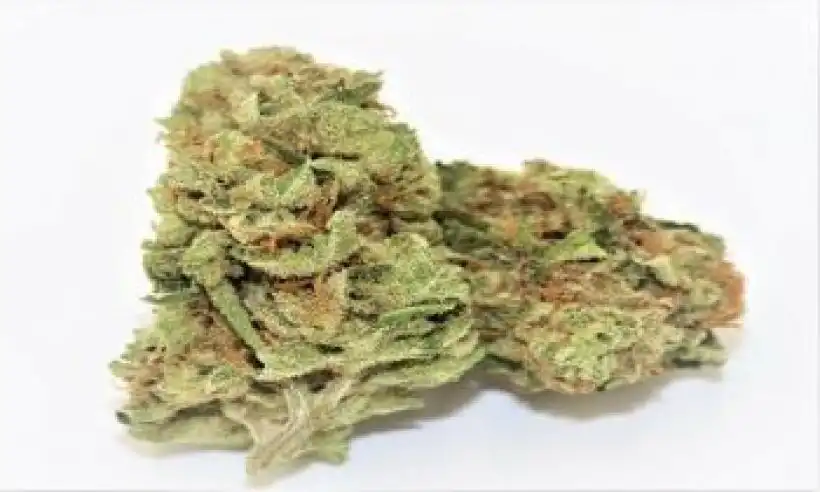
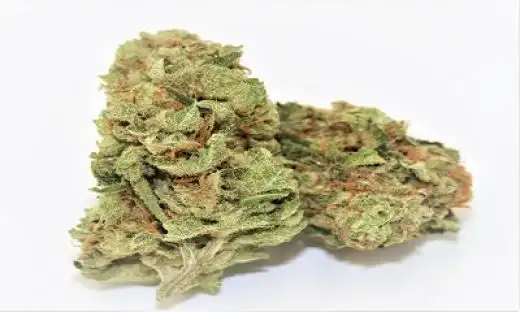
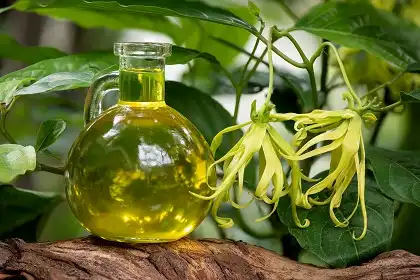
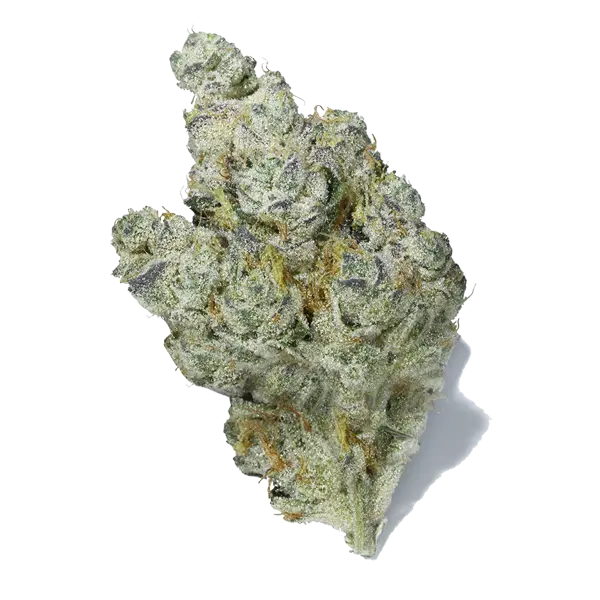
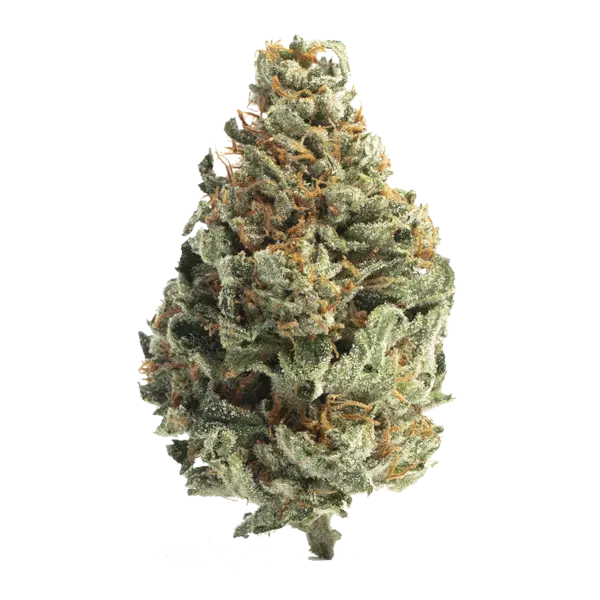
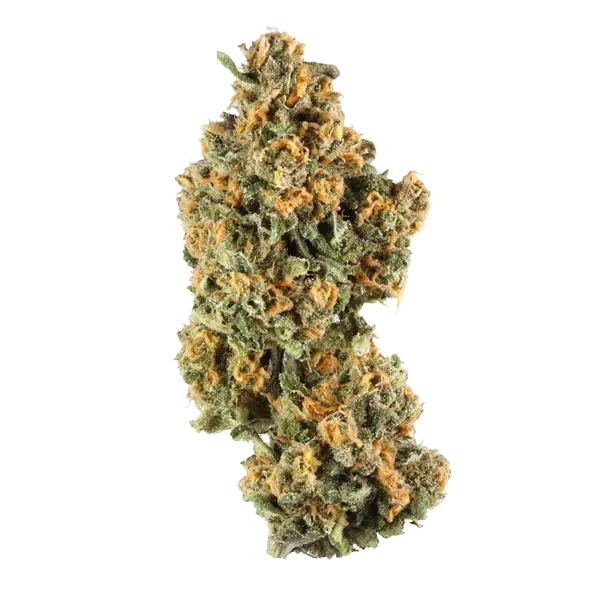
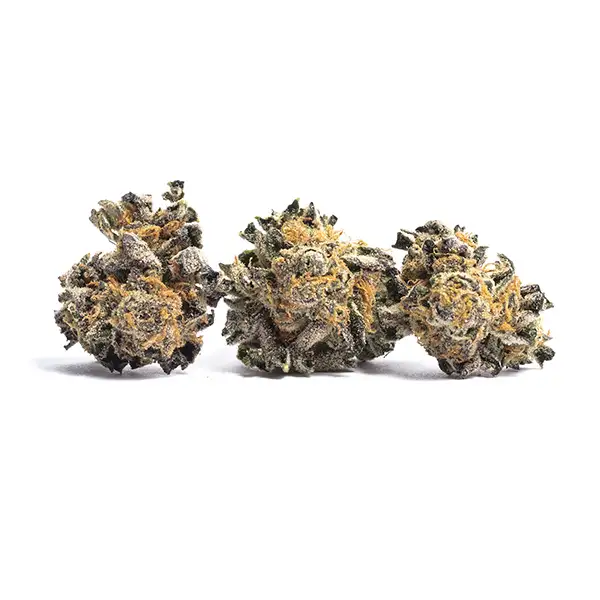
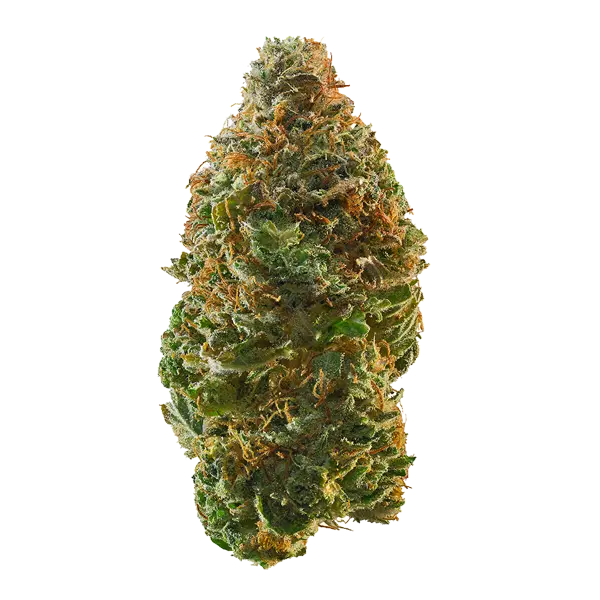
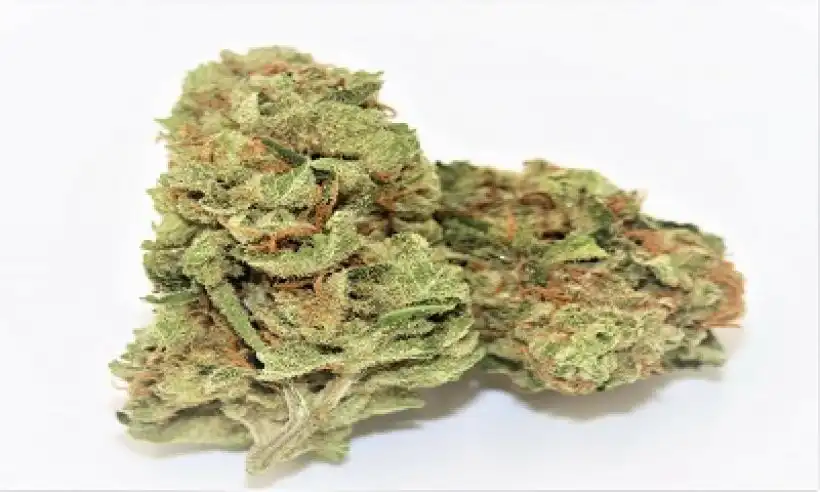
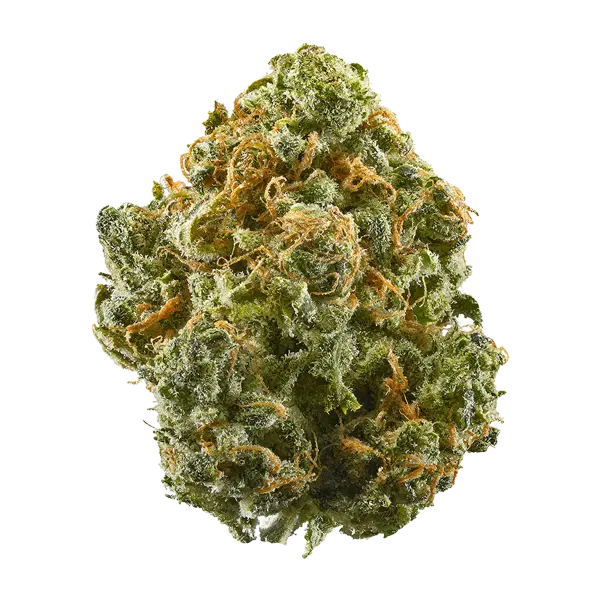
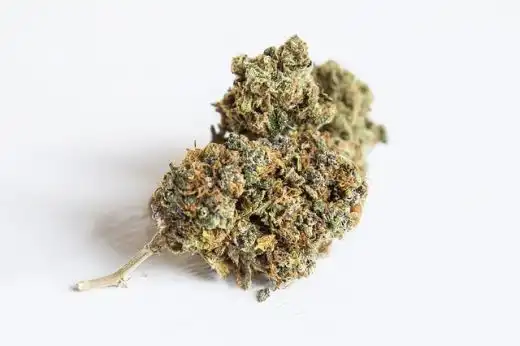
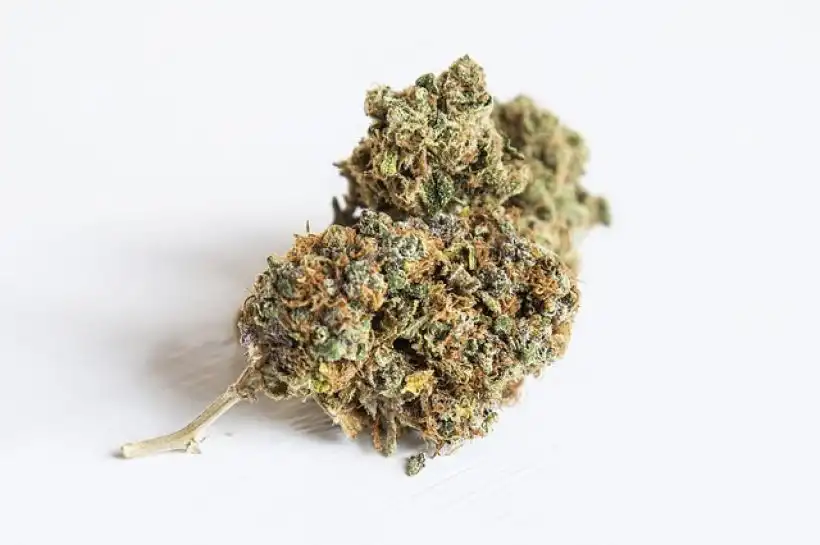
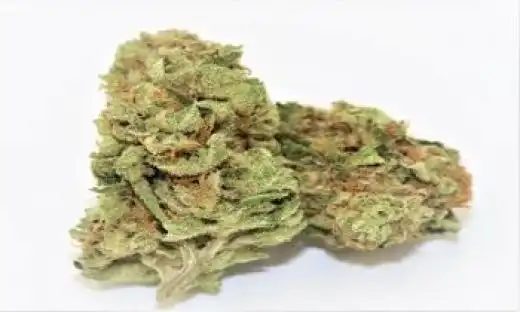
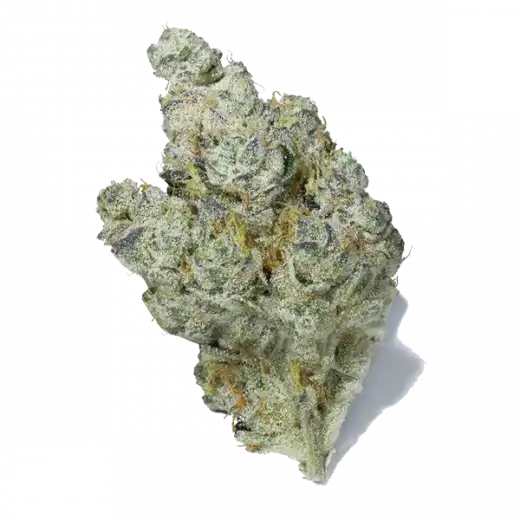
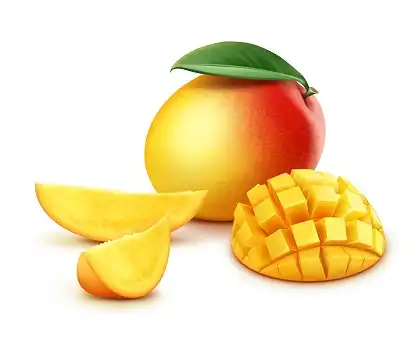
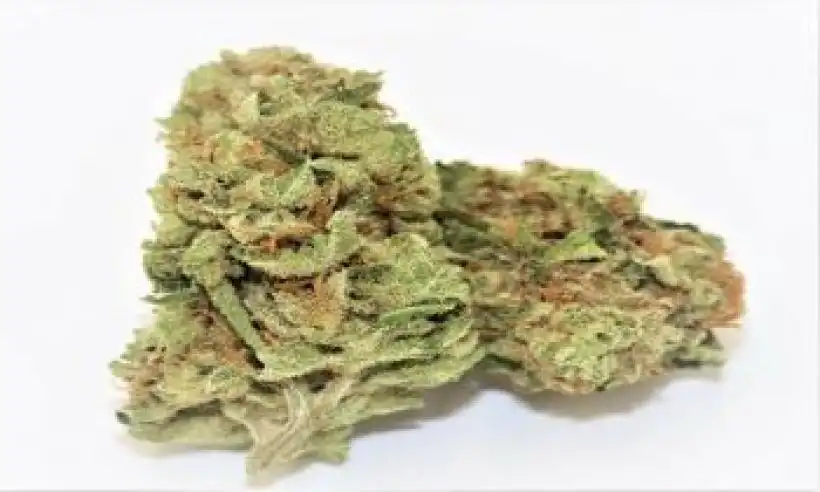
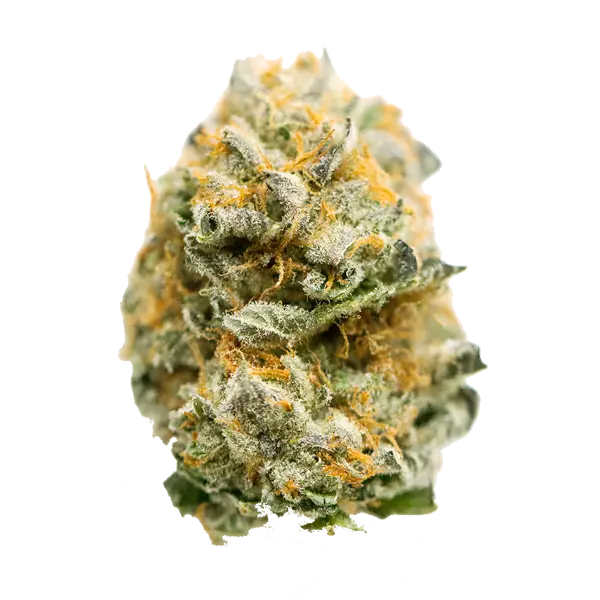
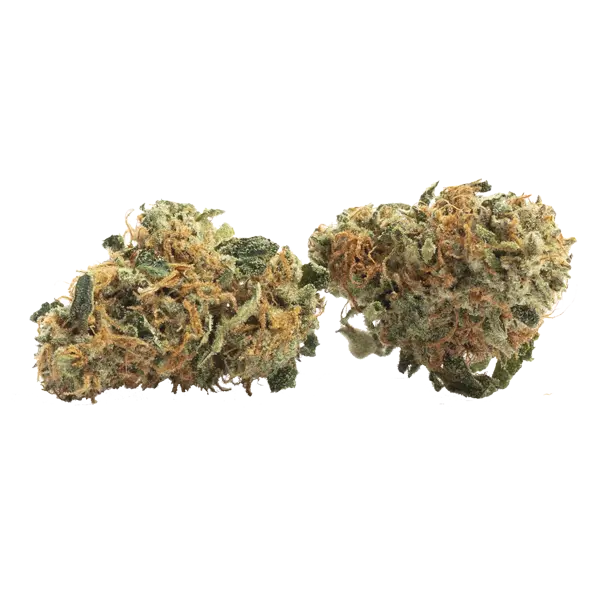
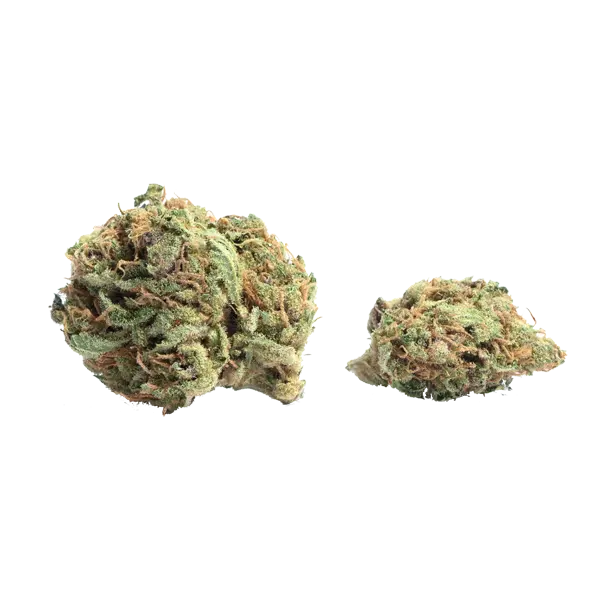
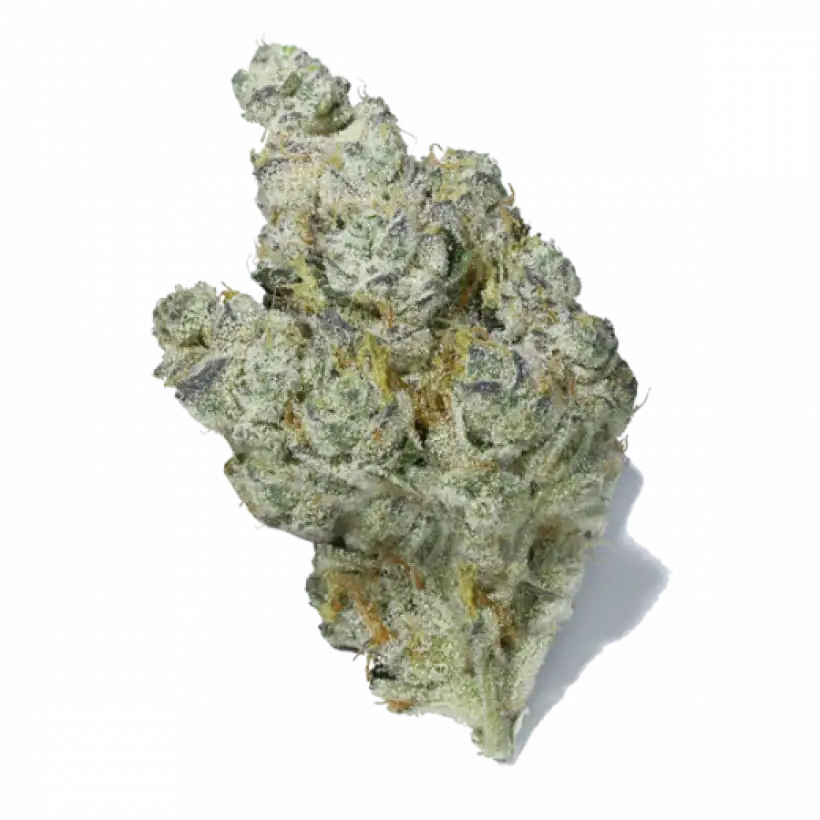
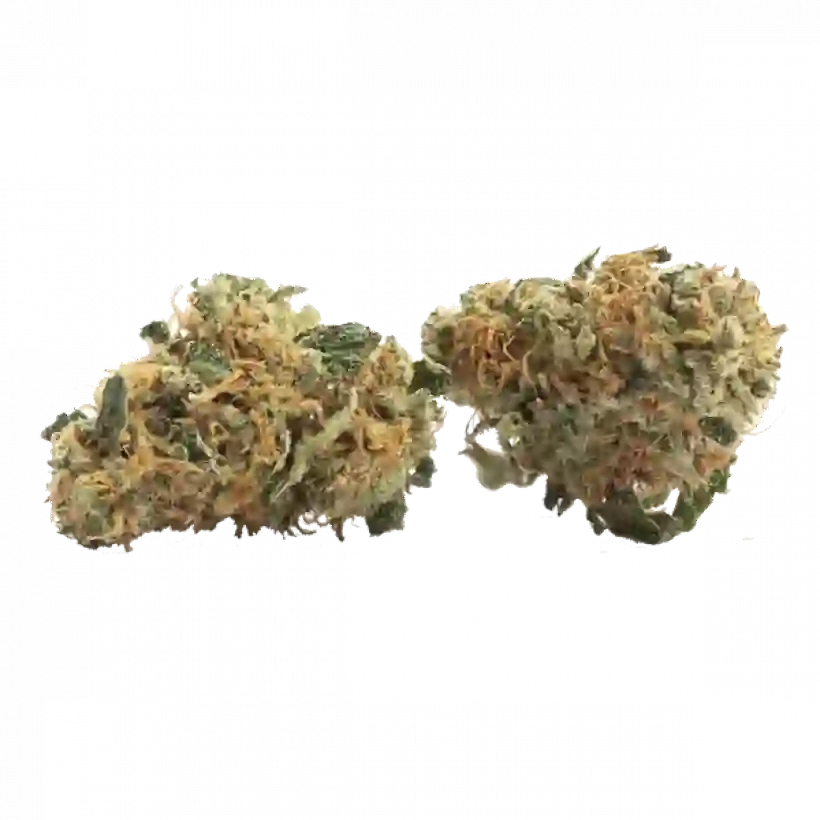
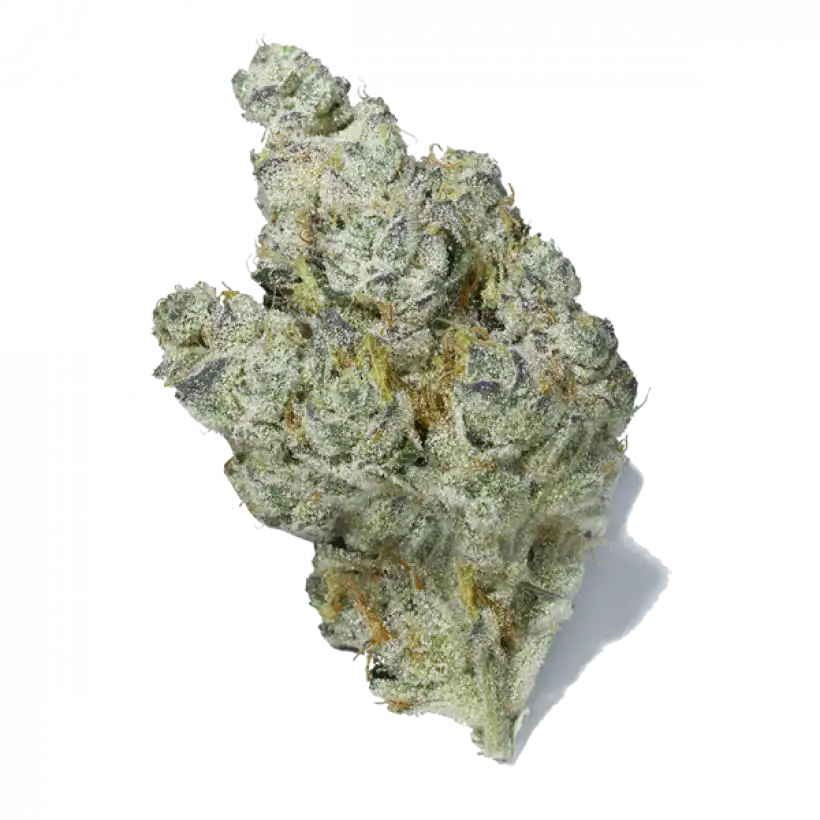
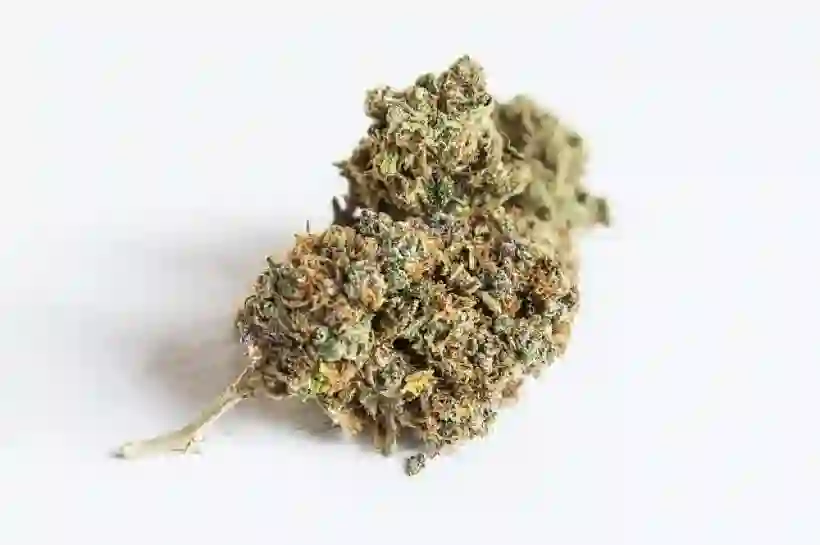
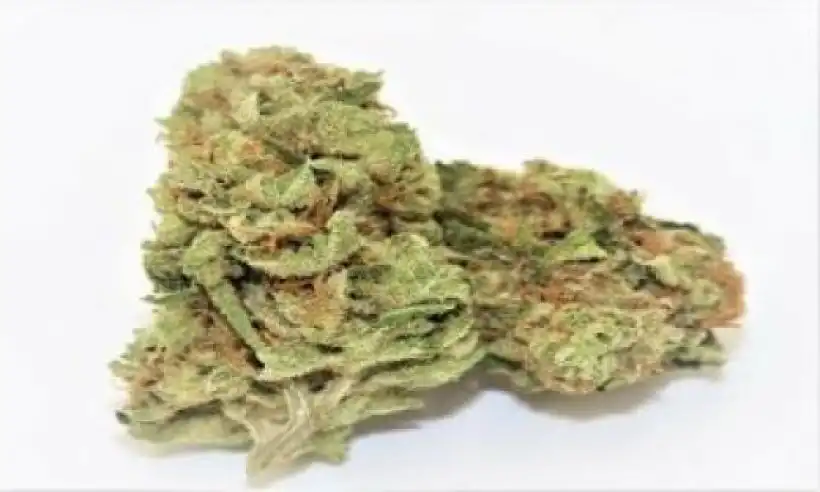


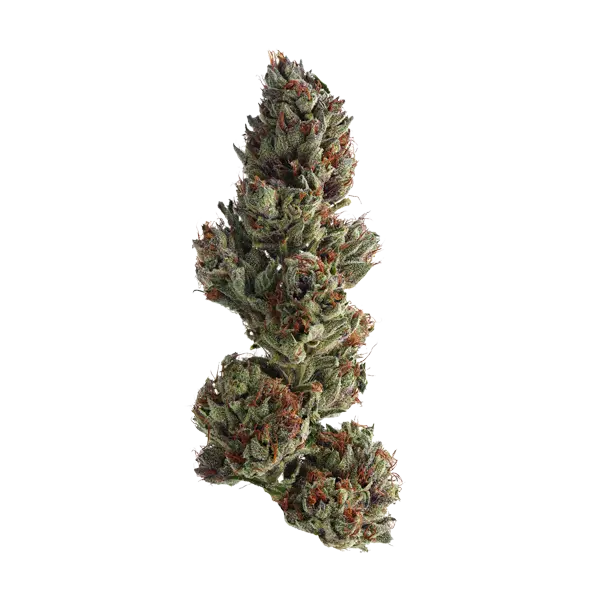
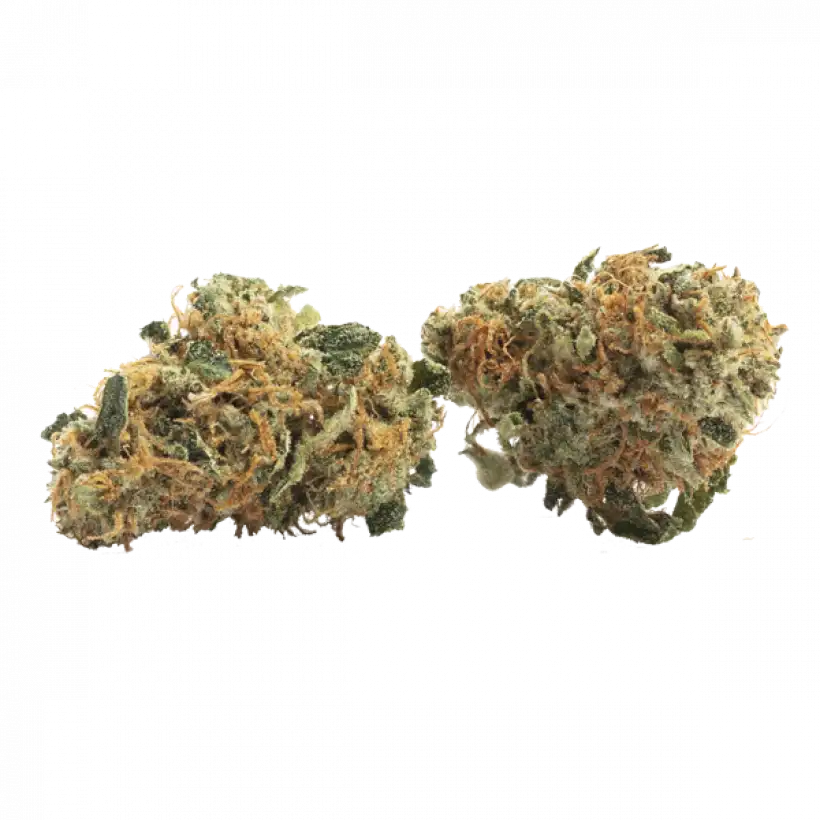
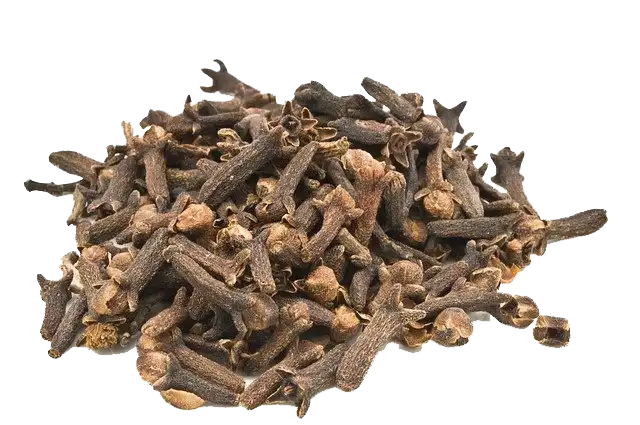
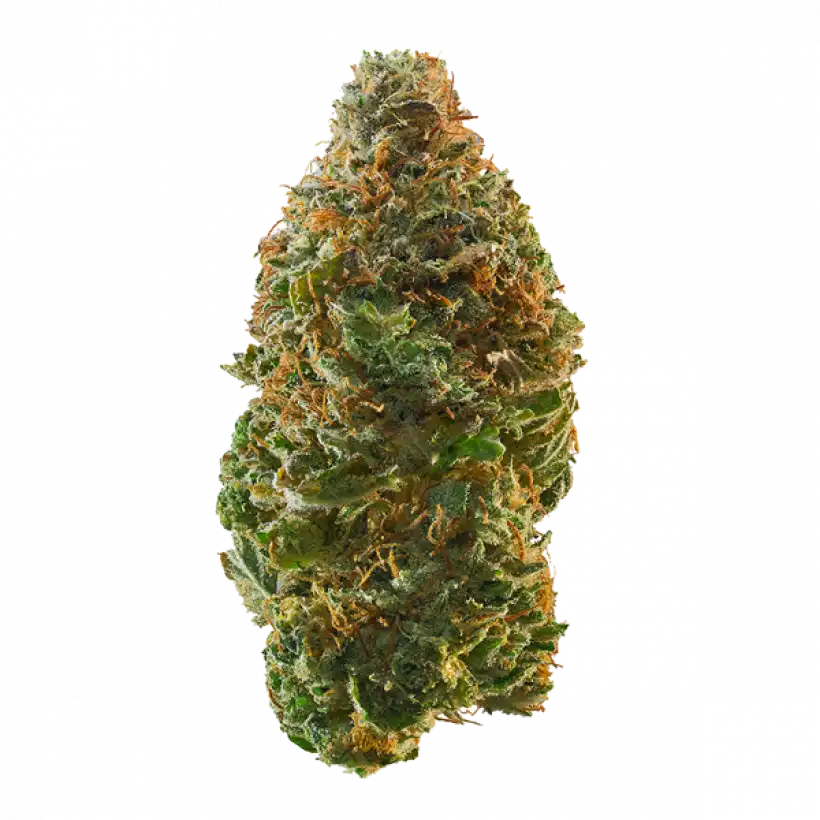
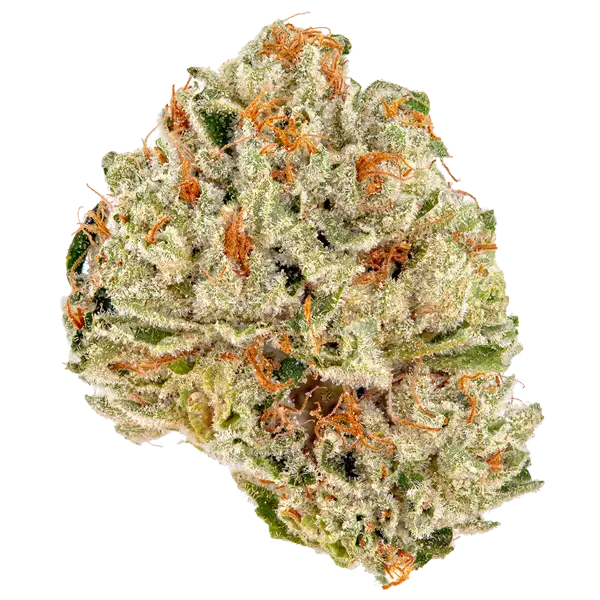
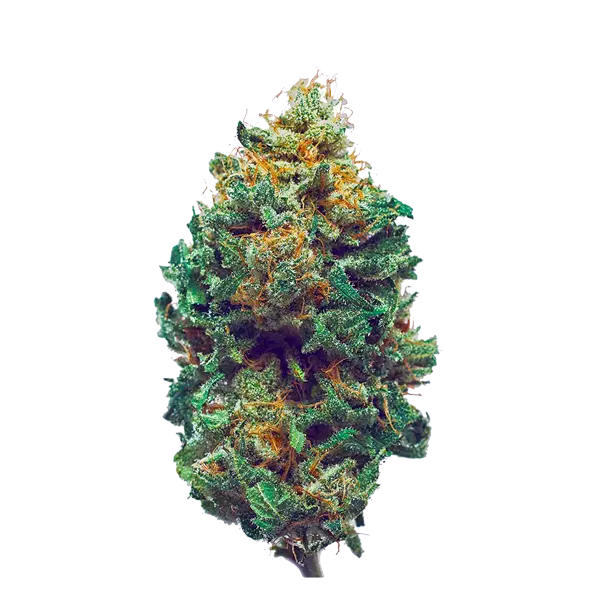
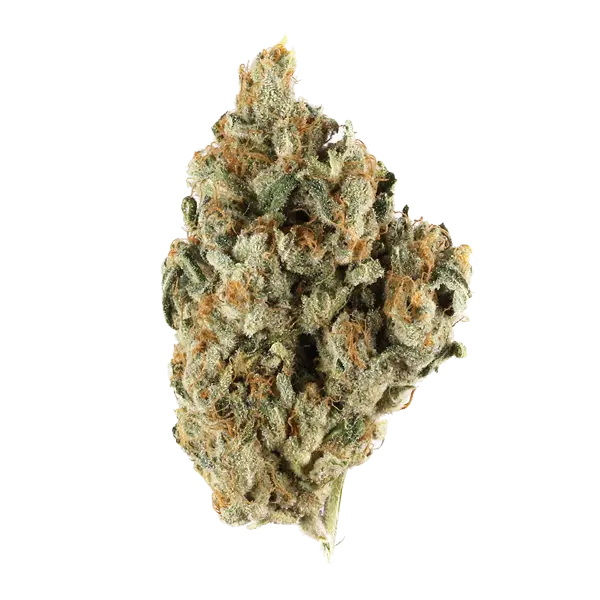
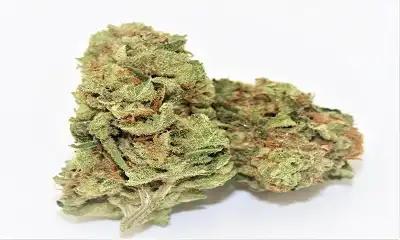
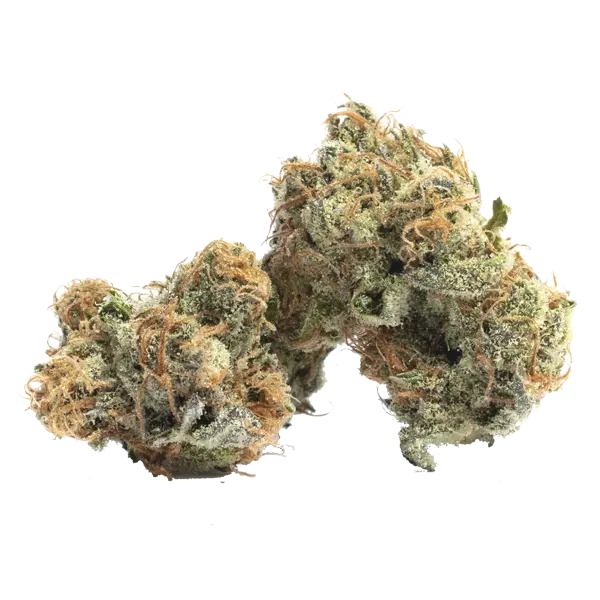
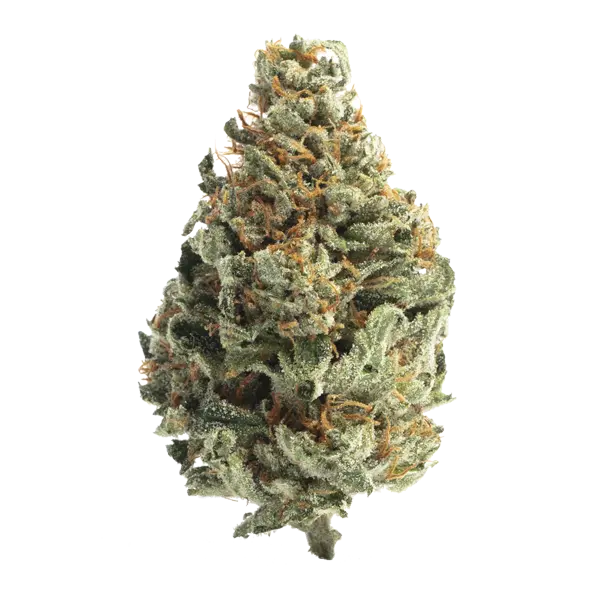
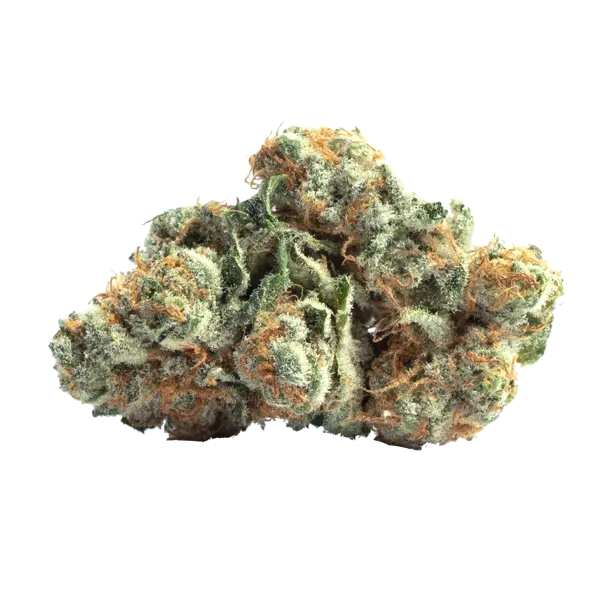
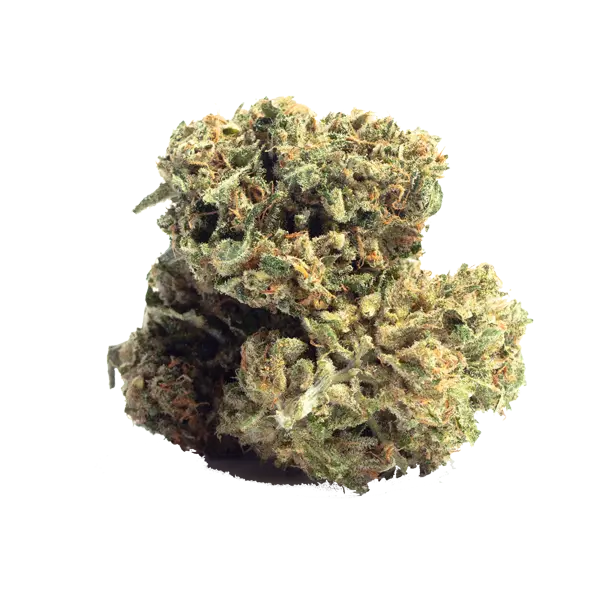
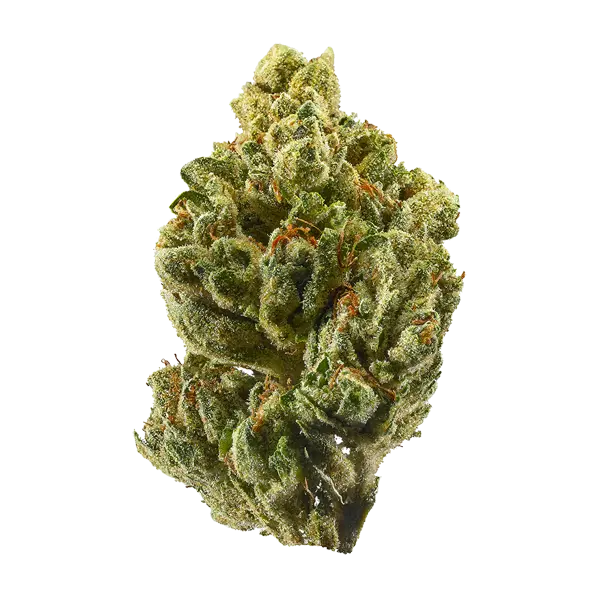
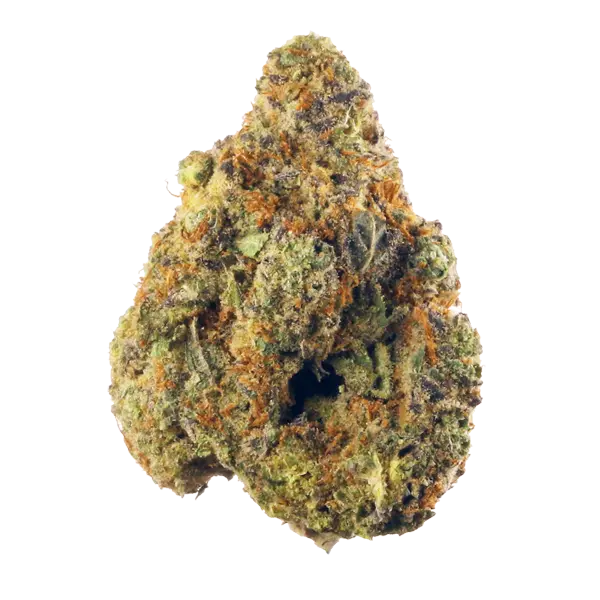
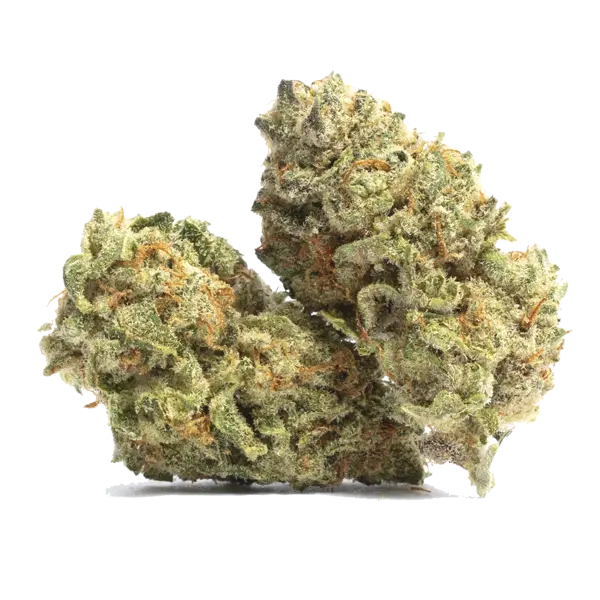
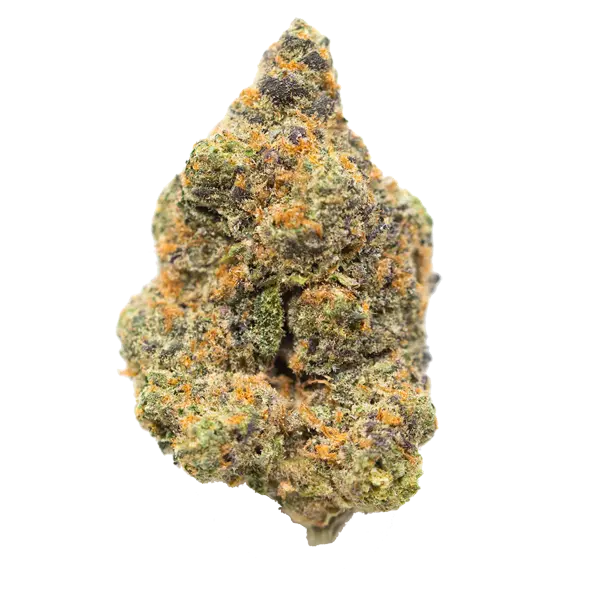
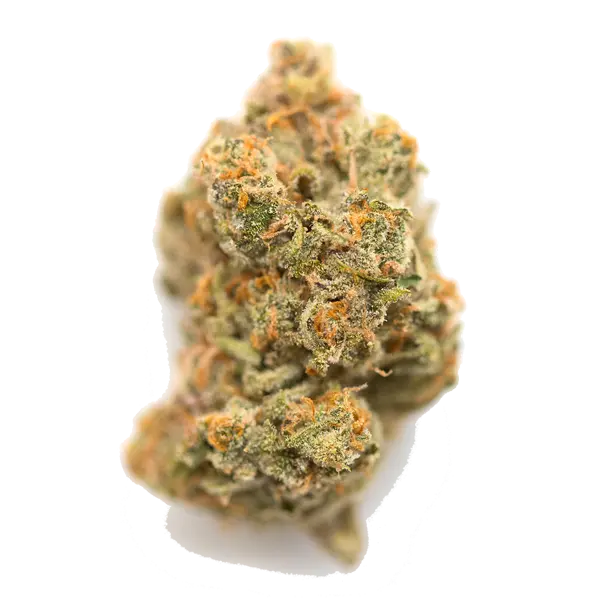
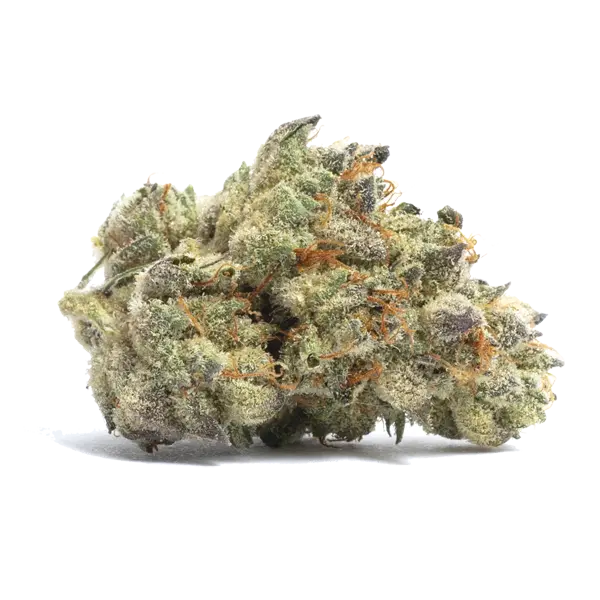
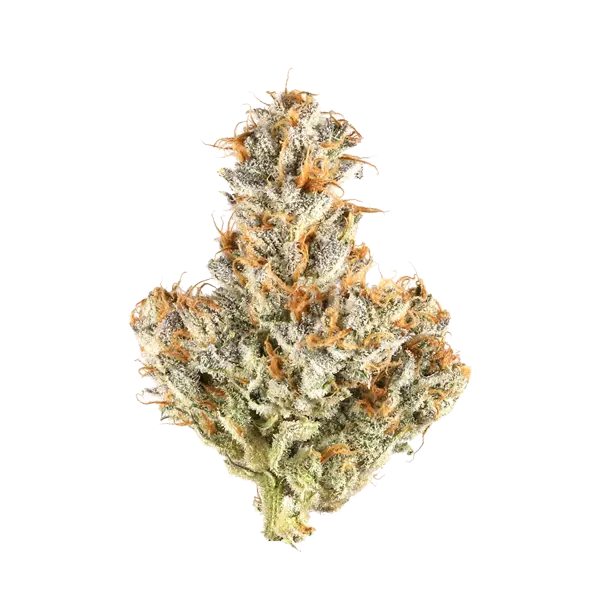
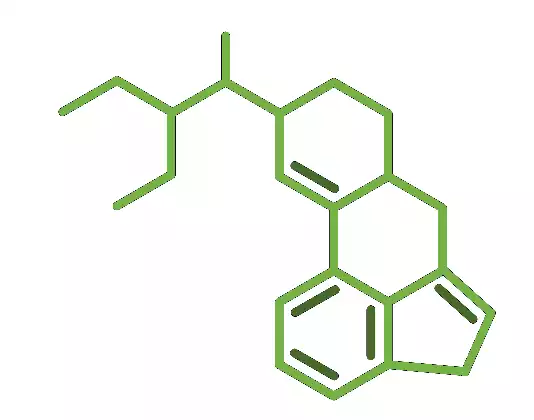


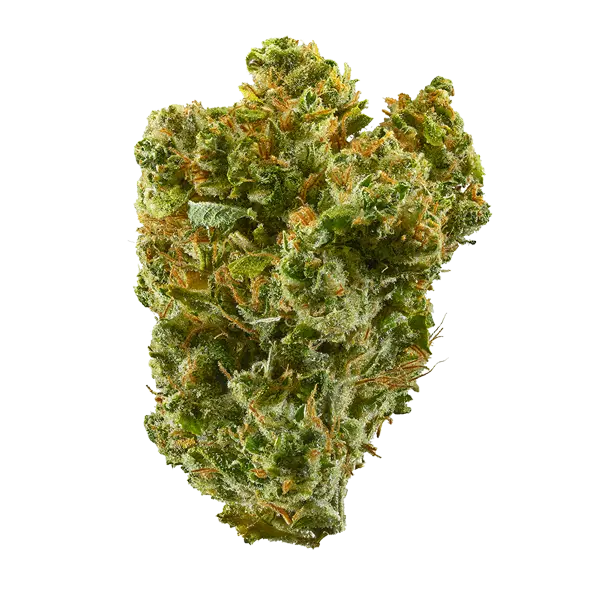
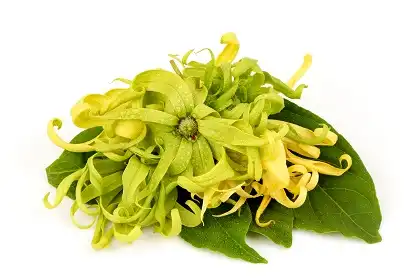
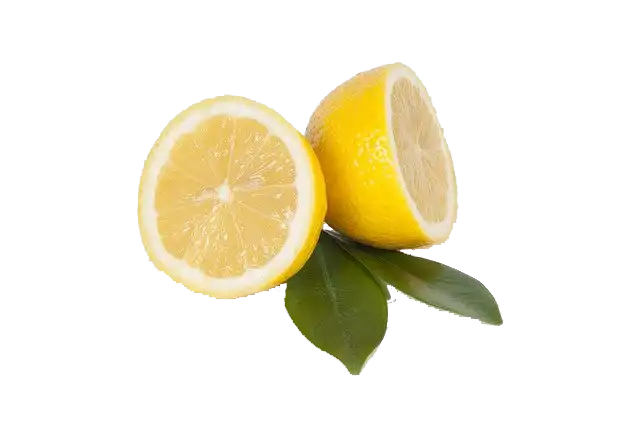
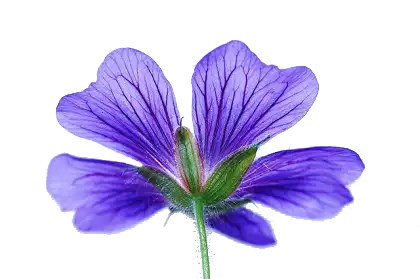
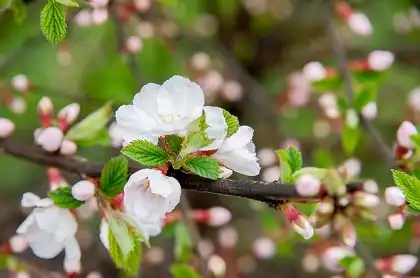
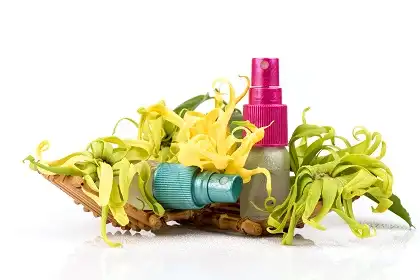



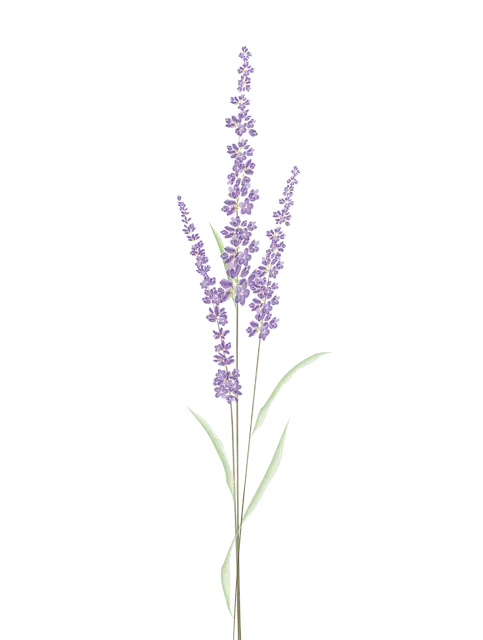




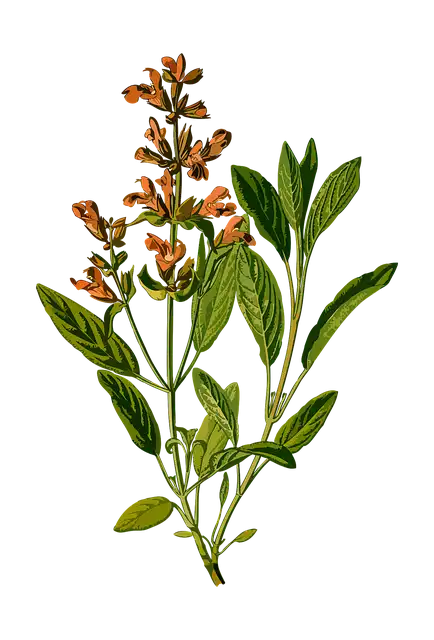

 Comment Évaluer la Qualité du Cannabis
Comment Évaluer la Qualité du Cannabis Qu'Est-Ce Que La Moufette ?
Qu'Est-Ce Que La Moufette ?